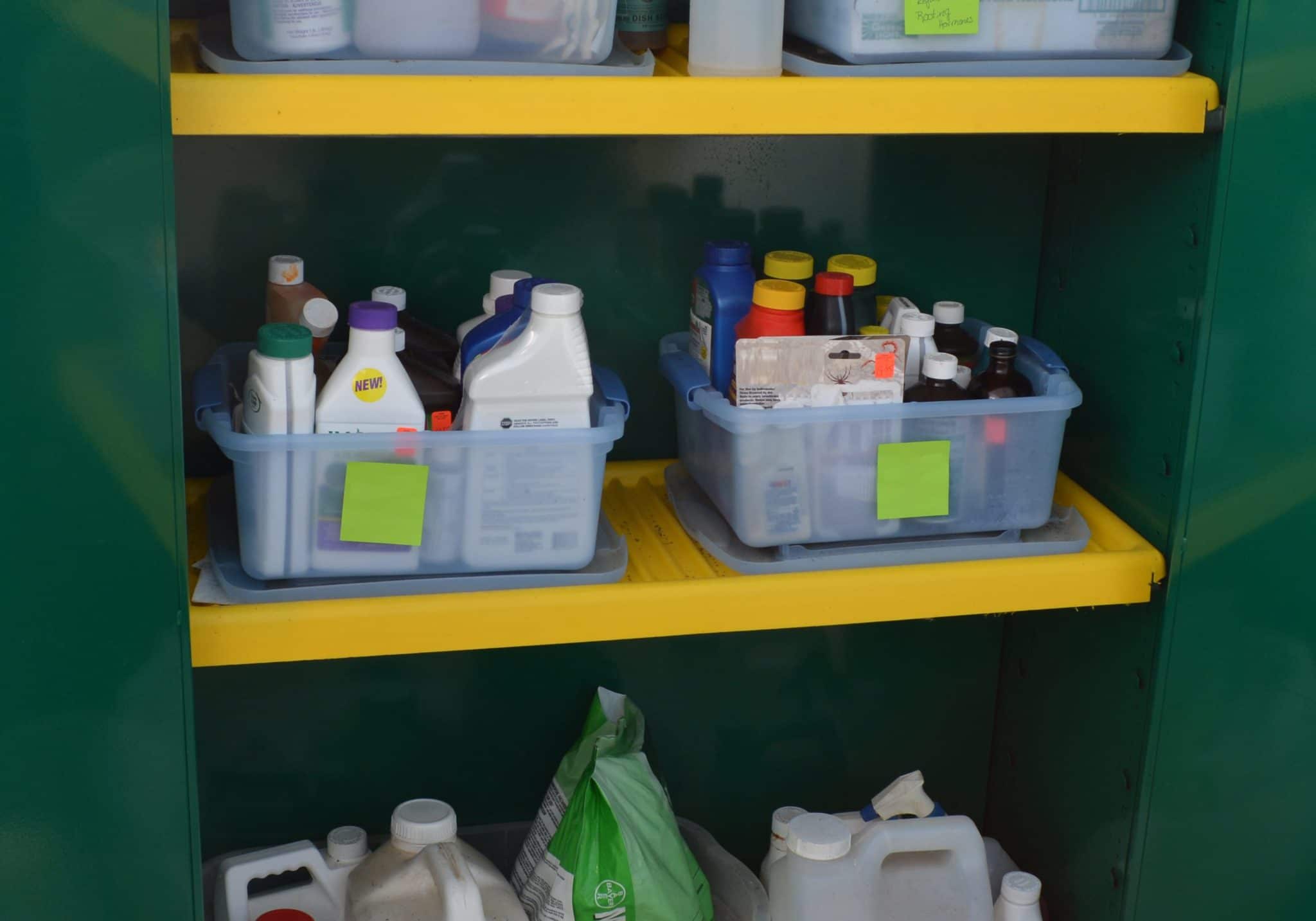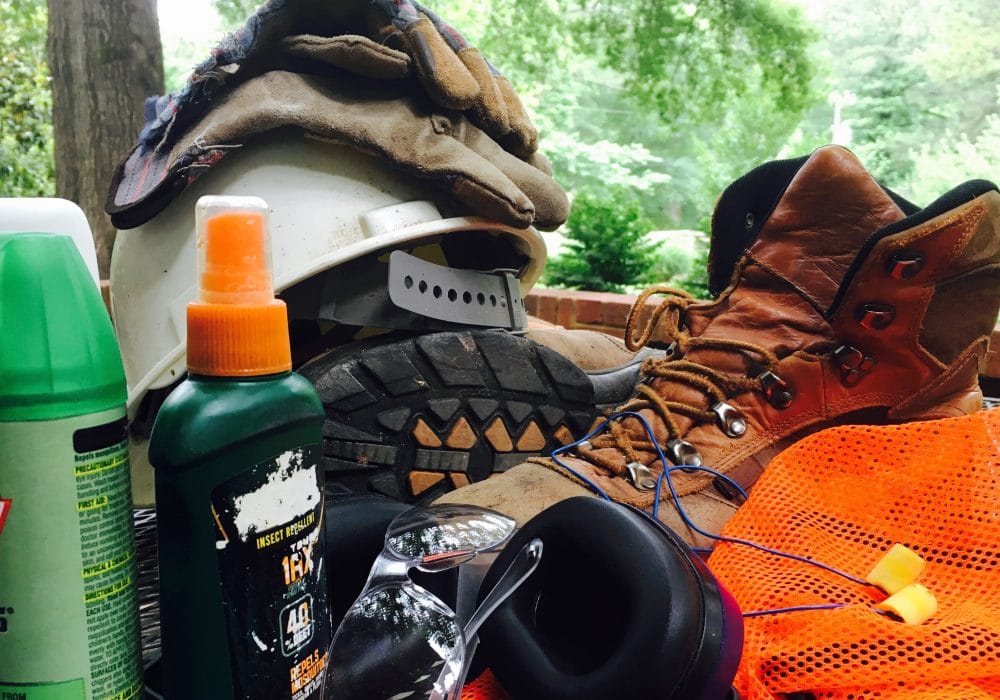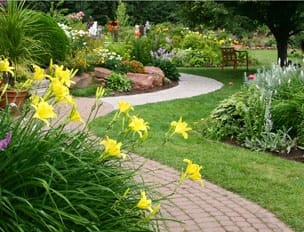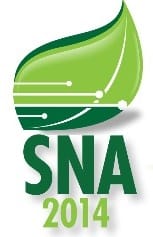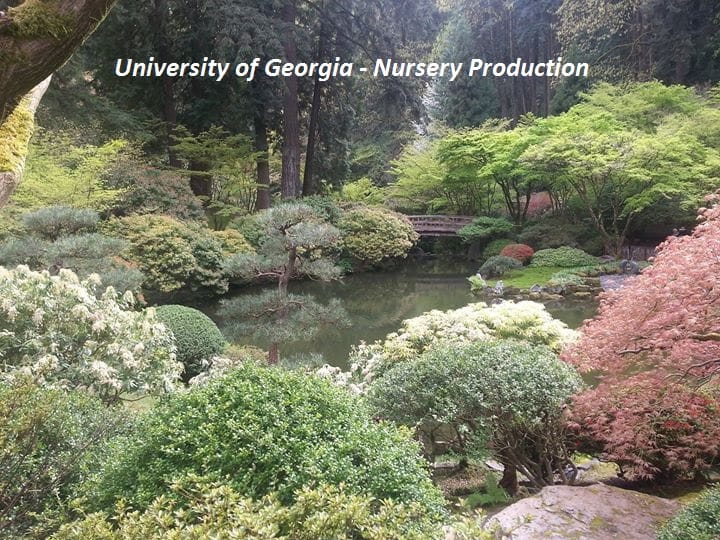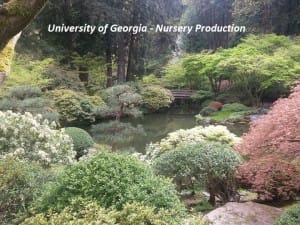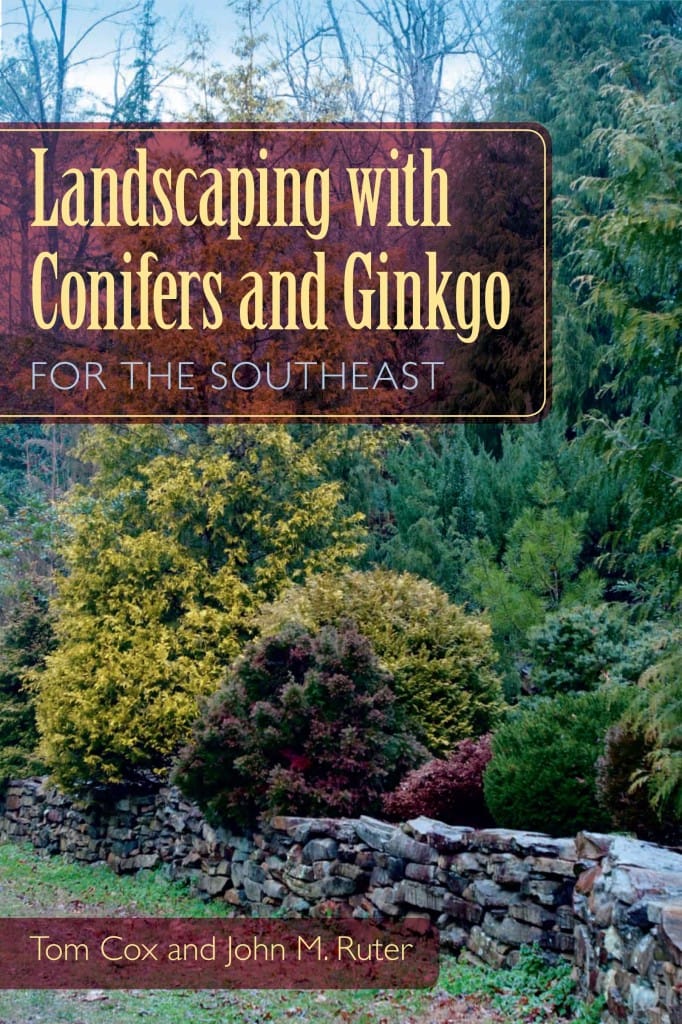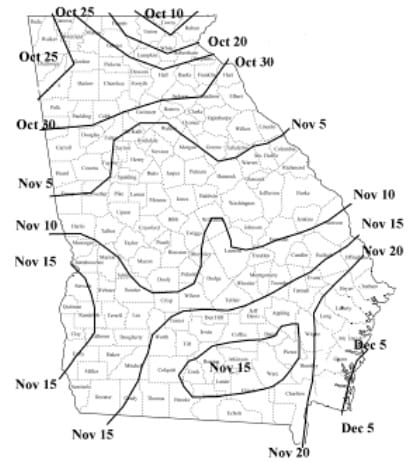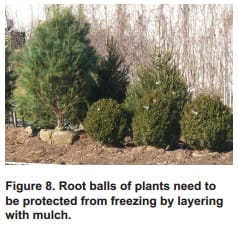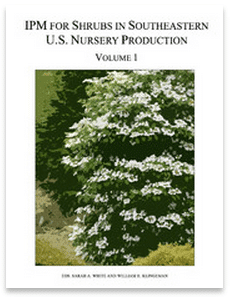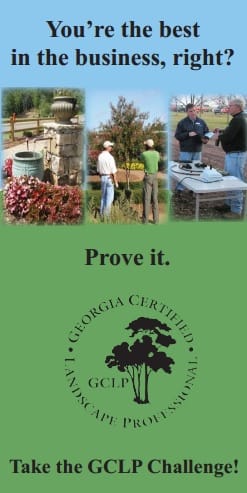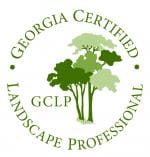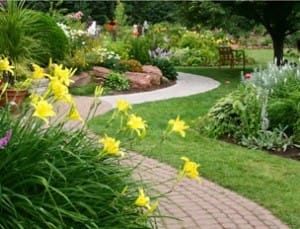 Edited from a longer article found here
Edited from a longer article found here
Landscape managers are in high demand to maintain and enhance grounds for commercial and public property owners, including stadiums, golf courses, apartment complexes, resorts and office parks. The University of Georgia proudly offers its own courses for the landscaping industry.
In UGA’s turfgrass courses, you’ll learn to select and maintain different types of turf grasses for a variety of conditions, such as drought, shade and high traffic.
Register yourself or employees for UGA’s Principles of Turfgrass Management (offered in English or Spanish) and become Landscape Industry Certified by PLANET, The Professional Landcare Network.
Register yourself or employees for UGA’s Sports Turfgrass Management. UGA’s Sports Turfgrass Management Course is an in-depth review of fundamental sports field management practices, endorsed by the Sports Turf Managers Association (STMA).
Armitage’s courses Herbaceous Perennials for the Sun and Herbaceous Perennials for the Shade ideal for master gardeners, nursery employees, and landscape designers.
Print-based UGA certificate courses
Principles of Turfgrass Management
Learn standard turfgrass management practices and procedures. This course covers soils, turfgrass growth, fertilization, mowing, irrigation, weeds, diseases, pesticides, and much more.
Principios Sobre el Manejo de Céspedes
Aprenda prácticas y procedimientos estándares sobre el manejo de céspedes. Este curso cubre suelos, crecimiento de céspedes, fertilización, corte, irrigación, malas hierbas, enfermedades, pesticidas y mucho más.
Sports Turfgrass Management
This course explains how turfgrass management practices are specifically adapted to sports fields. You’ll learn the principles of warm- and cool-season turfgrass establishment, growth, maintenance, and troubleshooting.
UGA online certification and certificate programs
Armitage’s Herbaceous Perennials for the Shade
Learn how to plant, propagate, and care for 18 awesome perennials. You’ll learn each plant’s origin, characteristics, bloom time, flower structure, and optimum growing conditions.
Armitage’s Herbaceous Perennials for the Sun
Learn how to plant, propagate, and care for 20 awesome perennials. You’ll learn each plant’s origin, characteristics, bloom time, flower structure, and optimum growing conditions.
